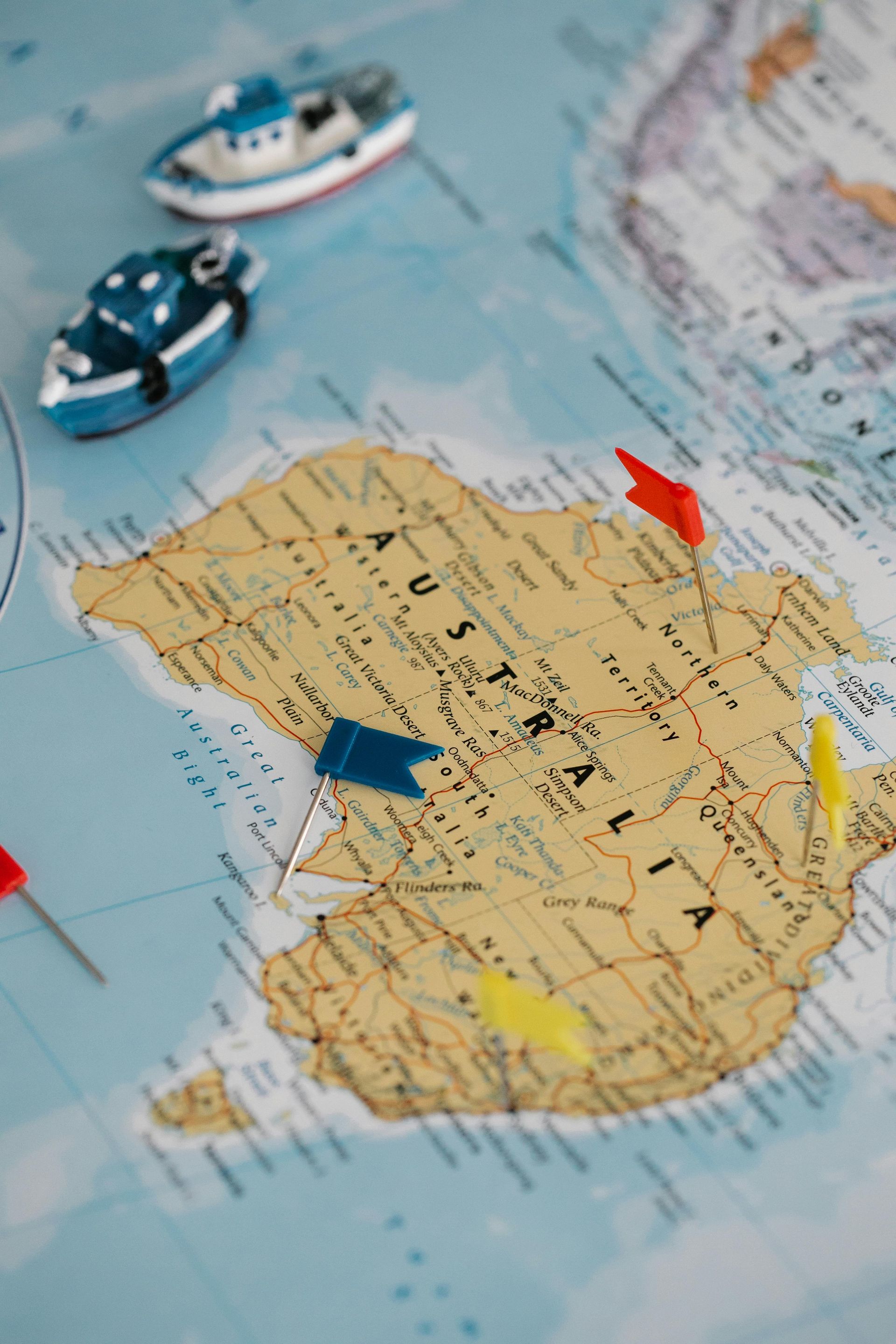Before considering where to invest next, lets review 3 common patterns of capital and migration flows over the past 5 years that have generated great capital growth outcomes for property investors:
1. Investing in commodity rich states and regions. WA and Queensland have had a burst of activity over the past 5 years with energy commodities surging from 2020 to 2022 before pulling back slightly and agriculture prices overall continually rising from 2020 to 2025 as displayed in the Invesco DBA Agriculture Fund. These newfound profits for the energy and agriculture sectors ultimately find their way back into the real estate prices and rents. Whether these trends continue is up for debate however, it is good to take stock of where we are right now so we can envision where the puck is going next.
2. Shifts in international, interstate and intrastate migration
have been directed towards affordable locations that offer more freedom, better weather, higher incomes in comparison to housing costs, and well run State and Local Governments.
This shift was most prominent in coastal Queensland and Perth as the exodus from Melbourne and Sydney ramped up post-lockdowns. Geelong was also a clear winner of intrastate migration from Melbourne most notably from 2020 – 2022.
3. Work-from-home high income earners moving to luxury lifestyle destinations
also outperformed as the work from home trend enabled greater freedom. This included getaway locations such as Lorne in Victoria, Palm Beach in Queensland and Freemantle in Western Australia.
Where may the puck be going next?
If geopolitical tensions and war continue to escalate in Ukraine, Russia, the Middle East and perhaps Taiwan, our economy may shift gears as a greater proportion of resources are directed into defence, mining, and infrastructure spending. In the past this has resulted in a migration of defence, resources and critical infrastructure personnel to Darwin, key infrastructure locations in Queensland and Western Australia (which is already happening) and a boost in Canberra’s public service sector. This will increase rents and housing prices in those areas for a number of years, assuming it is not met with a large increase in supply. Due to the high cost of building this supply is less likely to be coming on board any time soon.
Darwin indicators showing it is primed for growth.
If this shift in the economy were to eventuate, Darwin could temporarily take the second most expensive median house value in Australia back, as it was in 2009 just behind Sydney towards the end of the last commodity boom. Darwin has since retreated to the cheapest state in the nation tempting contrarian and value investors.
Melbourne is showing great value as fear has risen in the market.
On the other hand, if you were to consider a longer time horizon than 5 years it may be wise to increase your positions in Victoria as median house values are the cheapest comparatively to the rest of the nation than they have been in approximately 20 years!


